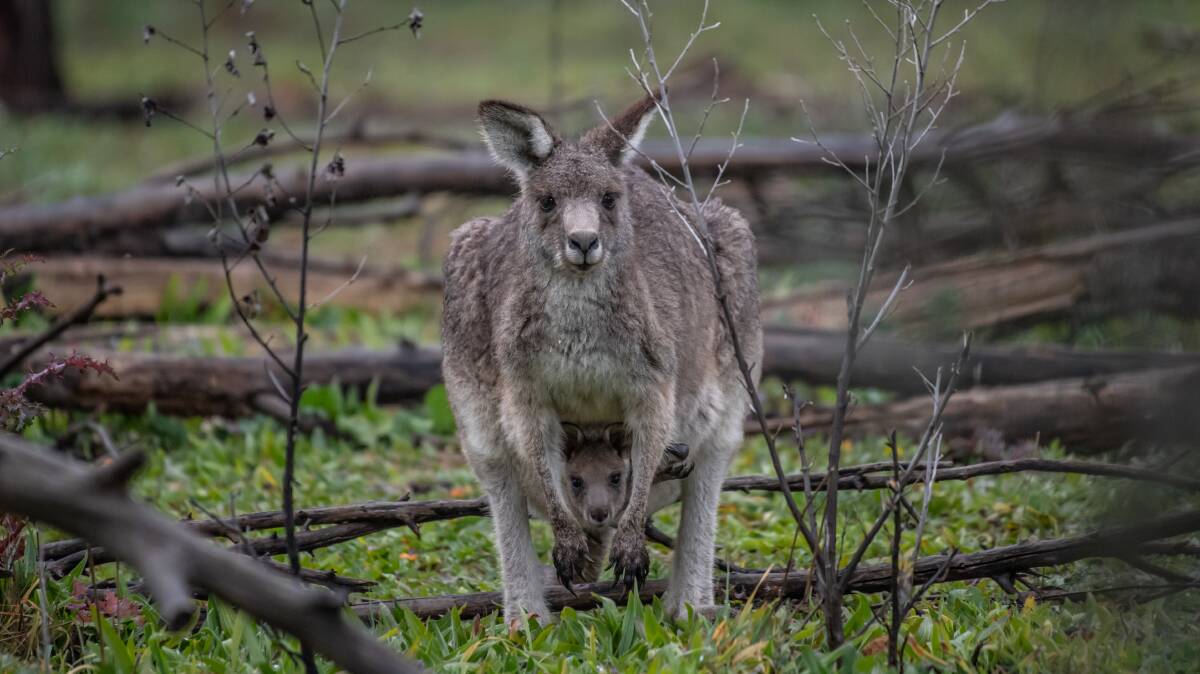Australia needs a National Environment Commission
Opinion - The Canberra Times
The 2020 State of the Environment report shows we are in a biodiversity crisis. Every environmental indicator is in decline. Australia has the worst extinction rate for mammal species in the world. How do we arrest and reverse this situation?
The government is reviewing the Environmental Protection and Biodiversity Conservation Act 1999, which governs development approvals affecting threatened species and environmental matters for which Australia has international treaty obligations (migratory birds, World Heritage, wetlands). Over 24 years, this law has overseen a decline in environmental values and an increase in threats to Australia's unique biodiversity and habitats.
Clearly laws are not enough. We need expert, independent and well-resourced institutions to proactively stop and reverse the crisis in Australia's biodiversity and native ecosystems, not just manage decline.
We need an independent, expert capacity to analyse the data, identify biodiversity priorities and emerging threats, and propose innovative policy responses to emerging issues before they turn into environmental harm. The regulator (the EPA) cannot do this: its job is to assess approval applications and ensure compliance. Environment Information Australia cannot do this: its job is data collection and mapping. A government department cannot do this: the EPBC already gives the department the power to run such inquiries. In 24 years of operation, it has never done so.
The rapid transformation of Australia's electricity grid to renewable energy will require new generation infrastructure and much more transmission across the country. Much of this may affect areas with high biodiversity values, some of which may be home to threatened species. It is already highly contentious.
A National Environment Commission could commission a bioregional survey of Australia to identify biodiversity hotspots, and ecosystems that need particular protection. It could conduct a broad-based inquiry into all the issues surrounding biodiversity protection, landholder and community needs, and the pressing need for the energy transition. A socially and economically informed map of biodiversity priorities could guide investment in a future Nature Repair Market.
The Hawke government's Resource Assessment Commission adopted this model to resolve contentious issues around mining in Kakadu and develop the 1992 National Forest Policy Statement, which still governs management of Australia's native forest estate. The RAC's super-power was its ability to bring together different - often mutually hostile - stakeholders in a rational process trusted by the Australian public to arrive at a robust and credible outcome.
A National Environment Commission could publish annual updates to the five-yearly State of the Environment report, to facilitate early intervention into emerging threats.

An independent, expert National Environment Commission would restore public trust in the processes for environmental protection and biodiversity restoration. It would have its own profile and identity to protect it from a future hostile government: when the Abbott government dismantled the former Department of Climate Change and Energy, it failed to dismantle the Climate Change Authority, the Clean Energy Finance Corporation and the Australian Renewable Energy Agency because these institutions were known and valued by the parliament and the Australian public. A National Environment Commission with a comparable mandate and structure to the Climate Change Authority would facilitate essential collaboration between these two important advisory bodies.
A National Environment Commission would not detract from the role of the department in providing program delivery and policy advice to the Minister. But it would provide the pro-active planning and early identification of environmental threats that the department has never managed to carry out under the current environment laws.
A commission does need not be costly. The Climate Authority had a budget of less than $3 million in 2020-21. A small technical staff supporting part-time Commissioners (who retain their roles as leaders in their respective fields) and perhaps a full time commission chair would be sufficient to provide the coordinating structure to deliver the functions outlined, as they would be drawing on the expertise of Australia's broader research community.
We must shift the dial for Australia's biodiversity and natural environment from persistent decline to restoration. Better policies and laws are essential, but better institutions are required to deliver the outcomes we, and our native ecosystems, need.
- Janaline Oh is a former Australian diplomat and member of the Labor Environment Action Network.
